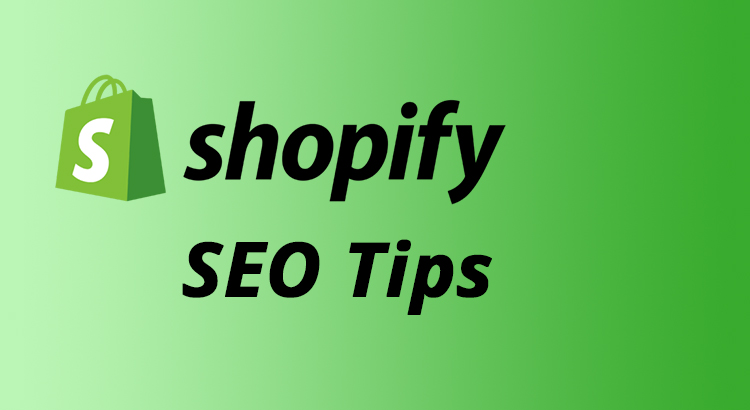When running an online store on Shopify, visibility is crucial for attracting potential customers. Effective search engine optimization can significantly enhance your store’s visibility, driving organic traffic and increasing sales. Implementing the best Shopify SEO tips ensures that your store ranks higher on search engine results pages, reaching the right audience at the right time.
Shopify SEO Tips and Best Practices
Here are some essential Shopify SEO strategies to help your ecommerce website rank well.
1. Create a Site Hierarchy
Structuring your store with a clear hierarchy is vital for both user experience and search engine optimization. A well-organized site makes it easier for customers to navigate and for Google to crawl your pages, determining which ones are the most important.
Establish categories and subcategories that link to each other, indicating to Google which pages should take priority. Think of it as a map that guides customers to the products they are searching for. Skilled SEO professionals help businesses create effective site structures.
2. Use Data-Driven Keyword Research
Keyword research is the foundation of any SEO strategy. By targeting the search terms your customers are using, you can attract ready-to-buy shoppers and signal to Google what your store is about. Start by compiling a list of relevant keywords for each product.
Enhance your list by exploring Google’s “People Also Search For” and “People Also Asked” sections, using Google’s autofill suggestions, and conducting competitor research. Finally, run your keywords through a research tool to identify those with high search volume and low competition.
3. Optimize Metadata
With your keyword list in hand, it’s time to optimize your metadata. This includes your page meta descriptions, title tags, and URLs.
Properly optimized metadata helps Google quickly understand what each page is about, determining its relevance to searchers. By strategically incorporating your keywords, you can improve your store’s visibility in search results.
4. Add Alt Text to Images
Shopify stores are highly visual, making product images a crucial element of the shopping experience. To optimize these images for SEO, add alt text and descriptions that include your researched keywords.
This not only enhances the visibility of your images in search results but also improves the overall SEO of your store. Consider using a Shopify SEO apps to help you fill your images with relevant keywords efficiently.
5. Start Blogging
Blogging is a powerful tool to increase your store’s visibility and ranking potential. Each blog post is an opportunity for your store to appear in search results, especially for customers who are not yet ready to buy.
By creating valuable and engaging content, you can nurture these potential customers towards a purchase. Blogging also creates opportunities for backlinks, one of Google’s top ranking factors. The more quality backlinks you have, the better your store will rank.
6. Incorporate Video and Engaging Media
Enhance your product pages by incorporating dynamic elements like videos, 360-degree photos, and customer reviews. These interactive and visually appealing assets increase the time customers spend on your site, signaling to Google that your content is valuable.
Make sure your media is relevant to your products and brand. Additionally, cross-publishing your videos on platforms like YouTube can provide an extra SEO boost. The more engaging your product pages are, the more likely Google will rank your store higher in search results.
7. Optimize Site Speed
Shoppers are quick to abandon sites that take too long to load, which can hurt your chances of making a sale. If your store is slow, visitors are likely to leave before making a purchase, signaling to Google that your site may not be relevant to certain search terms.
This can push your site lower in search results. To improve site speed, consider choosing a fast Shopify theme, compressing images, and limiting the number of apps installed to only those that are essential.
8. Improve User Experience
Improving user experience is one of the most important Shopify SEO tips. While it’s essential to optimize for Google, your customers should always come first. A better user experience leads to a lower bounce rate, which in turn boosts your search engine performance.
Keep shoppers engaged with features like exit-intent popups, dynamic product recommendations, and perks such as fast and free shipping. By creating a pleasant shopping experience, you’ll encourage customers to stay longer on your site.
9. Optimize Product Pages and Descriptions
Your product pages are where the magic happens, so optimizing them is crucial. Incorporate relevant keywords into your product titles, descriptions, and tags to provide context for Google and make it easier for shoppers to find your products.
Including customer reviews on product pages is also a good idea, as they increase the number of keywords and improve your search engine ranking.
10. Optimize for Mobile
Mobile commerce is on the rise, and your Shopify store must be mobile-ready. Ensure a smooth mobile experience by choosing a responsive Shopify theme, simplifying your design, making call-to-action buttons large and visible, and creating an easy mobile checkout process.
As more shoppers rely on their phones, having a mobile-optimized store is essential for capturing sales and improving your SEO.
Closing Thoughts on Shopify SEO Tips
Boosting the visibility of your Shopify store requires a strategic approach to SEO. Implementing these top Shopify SEO tips can significantly improve your store’s visibility, attracting more customers and driving sales. Continuously monitor your SEO performance, adapt to changes in search engine algorithms, and keep refining your strategies to stay ahead of the competition.


